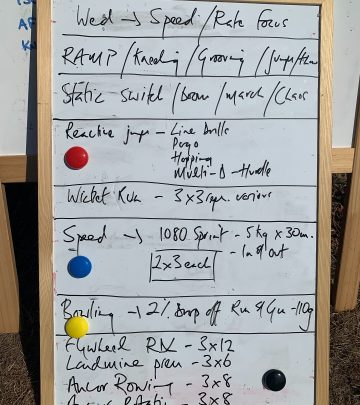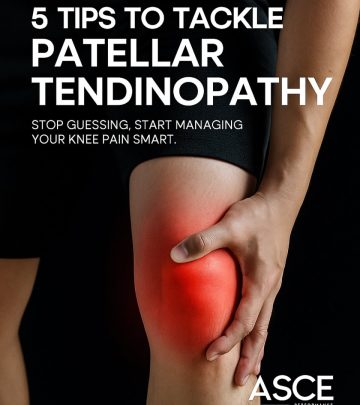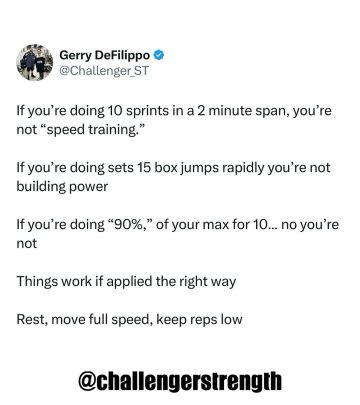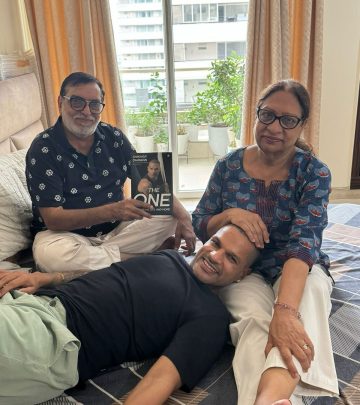How Digital Overload Impacts Your Body
Observing Your Nervous System’s Shifts From Stress To Safety In A Digital Age
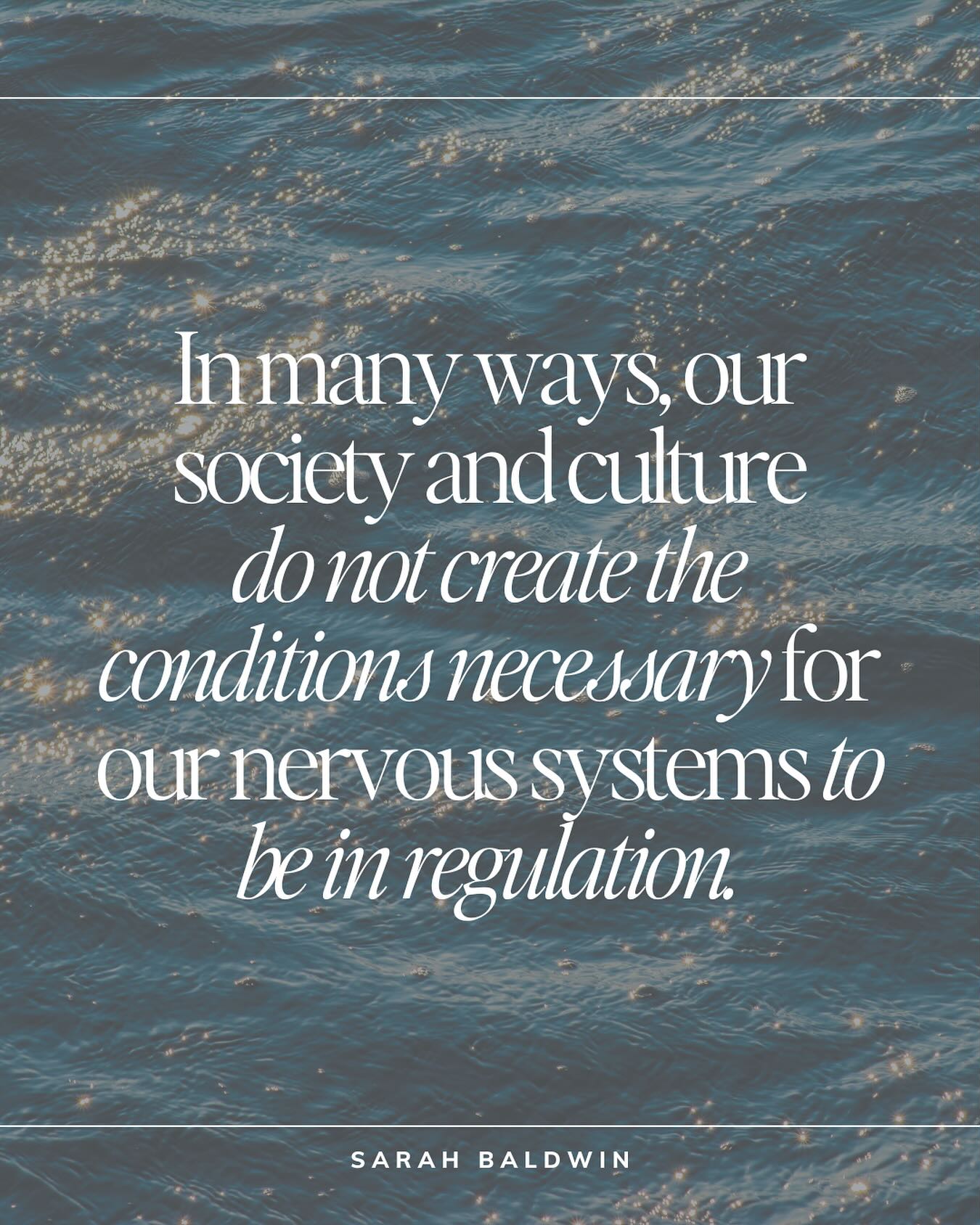
Image: Instagram
In our high-speed, screen-centric world, it isn’t unusual to experience lingering feelings of anxiety, overwhelm, or disconnection after hours spent on your phone or computer. Sarah Baldwin, a coach who specializes in helping individuals navigate their nervous system, explains that our modern environment often exceeds the capacity of our bodies to remain regulated. This makes a lot of sense: our culture prizes productivity and speed, sometimes ignoring the fundamental need for rest, connection, and presence.
Digital Overload And Nervous System Stress
Hours of constant digital stimulation can lead the body to shift into different states. When you’re in a frantic work mode or deep into scrolling, you might notice feelings of urgency and overthinking—signals that your body is in a sympathetic state, activating the fight or flight response. There is also the possibility of experiencing a freeze response, where a push-pull of urgency leaves you stuck, unable to take decisive action. In other cases, prolonged overload can push you into a dorsal shutdown state, characterized by heaviness, numbness, and disconnection. These responses aren’t personal failures; they are natural, adaptive reactions of your nervous system when demands exceed capacity.
Understanding Your Body’s States
Sarah explains, “Our nervous system can only hold so much, and when external stressors overwhelm it, the body adapts. It’s not about being lazy or unworthy—it’s about survival.” With this understanding, it becomes clear that the discomfort many feel after extended screen time is a response molded by an environment that wasn’t designed for our health. From the urge to keep working, the swirl of overthinking, to feelings of withdrawal, each state is part of a complex system working to protect you. Importantly, these states can be shifted when we begin to change the conditions around and within us.
Taking Small Steps To Regulate
Regulation of the nervous system is the key to transitioning from states of stress to a safer, more connected ventral state. Sarah notes that even small practices can aid in this shift. Simple strategies like mindful breathing, gentle movement, spending time in nature, listening to soothing sounds, or even engaging in playful activities are effective ways of signaling safety to your body. These regulating resources help your system move from a fight/flight or shutdown state into the ventral vagal state, where calm, clarity, and connection reign. It is a gradual process, and Sarah emphasizes that healing happens one small, tolerable step at a time.
The Connection Between Digital Culture And Personal Value
Many of us were raised in a culture that equated constant doing and high output with our self-worth. From an early age, slowing down was often seen as laziness rather than a necessary pause for restoration. This historical conditioning still affects us today. When we engage extensively with digital technology, our bodies receive mixed messages: on one hand, we are pushed to be constantly connected and on the other, we are not given enough time for self-regulation. Sarah encourages us to rethink these messages and understand that a moment of rest is not indulgent—it is essential.
Her message resonates through her previous posts as well. In one earlier exploration, she discussed how creativity is intertwined with a regulated nervous system. Without safety, even the most creative impulses can feel blocked. In another instance, Sarah illustrated how protective responses like fawning or over-apologizing manifest when our body feels unsafe. In each message, her call to create space for regulation and safety remains a central theme.
Practical Tips For The Digital Age
For those feeling the stress of digital overload, Sarah’s advice is both straightforward and compassionate. Begin by recognizing the physical signs: do you feel twitchy, restless, or numb after spending too long in front of a screen? That awareness is the first step. Next, integrate small moments of pause into your routine. Even a few deep breaths or a short walk away from the device can signal to your nervous system that you are not constantly in danger. Sarah also suggests that by intentionally creating moments of disconnect, you give space for your brain and body to recalibrate.
A growing body of research supports these observations. Experts in digital wellness advocate for setting boundaries, such as designated screen-free times, which not only improve mental clarity but also enhance overall well-being. It’s not just about limiting exposure but also about reintroducing practices that nurture your body’s innate ability to self-regulate.
A Path Forward With Compassion
The journey toward healing and regulating your nervous system is deeply personal. Sarah’s approach is rooted in self-compassion. She reminds us that none of these responses are signs of personal failure—they are simply indicators that your body is doing its best in a world that often asks too much, too fast. By shifting your environment, even in small ways, you can rebuild a sense of safety and presence. As you allow yourself the space to reset, you gradually pave the way for a more balanced and connected life.
Ultimately, the take-home message is clear: digital overload is a challenge, but it is one that can be managed with kind, intentional practices. In a world designed for speed and output, learning to value moments of pause is a revolutionary act. Your body, after all, is your most valuable instrument in navigating life’s challenges.
Embracing these small, mindful steps can transform how you experience both technology and the world. With understanding and persistence, you can learn that healing is not about pushing through stress but about gently easing into a state of safety, calm, and genuine connection.
Read full bio of Nisha Bharatan



